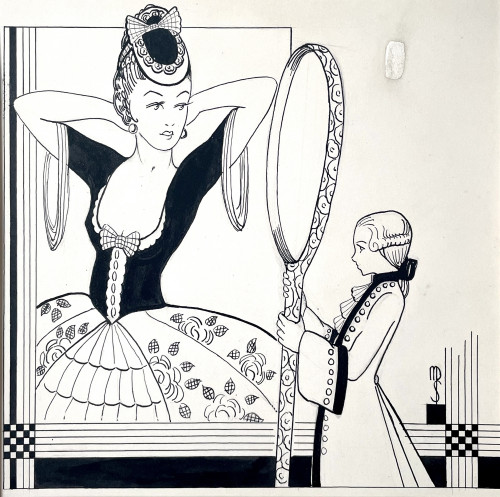- HOME
-
- View All Items
- New Arrivals
- Featured Items
- Artists
-
- View All
- Contemporary
- Birmingham School
- Cotswold Group
- Landscape
- Urban Townscape
- Abstract
- Animals/Birds
- Arts & Crafts
- British Impressionist
- Botanical
- Design/Industrial
- Fantasy/Fairy Subjects
- Female Artists
- Figurative
- Historical
- Illustration/Cartoon
- Marine
- Military/War Artist
- Modern British
- Pre-raphaelite/ Romantic/ Aesthetic
- Nude
- Portrait
- Prints
- Scottish
- Sculpture
- Sporting
- Still Life
- Theatrical
- Interiors/Architectural
-
ARCHIVE
Genre
- View All
- Contemporary
- Birmingham School
- Cotswold Group
- Landscape
- Urban Townscape
- Abstract
- Animals/Birds
- Arts & Crafts
- British Impressionist
- Botanical
- Design/Industrial
- Fantasy/Fairy Subjects
- Female Artists
- Figurative
- Historical
- Illustration/Cartoon
- Marine
- Military/War Artist
- Modern British
- Pre-raphaelite/ Romantic/ Aesthetic
- Nude
- Portrait
- Prints
- Scottish
- Sculpture
- Sporting
- Still Life
- Theatrical
- Interiors/Architectural
- ARTISTS
- Online Exhibitions
- Events
- About
- Contact
- Home
- Medium
- Watercolour & Drawing
- Margaretta Terrace, from No.16
Margaretta Terrace, from No.16
Margaretta Terrace, from No.16
Rooke was educated at the South Kensington Schools and the Royal Academy. In 1869 he started working for Morris and Company, who asked him to work with Burne-Jones. He is now probably best known as Burne-Jones’ studio assistant, working for him for more than 30 years and recording many of their conversations during the last years of Burne-Jones’ life. In 1878 Burne-Jones recommended him to Ruskin who was looking for artists to record endangered building. From this time he spent nearly half his time working for Ruskin and many of his watercolours from this period are now in the Ruskin Museum, Sheffield. Working as an artist on his own he painted several religious subjects, The Story of Ruth being bought by the Chantry Bequest in 1877 (now in the Tate Gallery). Rooke was living in Finborough Road, Chelsea in the 1860s and 1870s. He later moved to Queen Anne’s Gardens, Bedford Park.
Dimensions:
Thank you for your enquiry.
We will get back to you soon.
Please create wishlist to add this item to
RELATED ITEMS
















